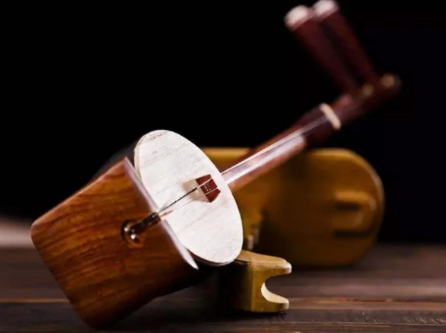Banhu fingering formula
Kneading, pressing, sliding, and restraint, pressing, rolling, and panning, pressing and kneading, rolling and rolling, and sliding.
When pressing the banhu, the fingertips should be placed slightly inward, and the fullest part of the abdominal muscles should be reserved. The fingers should not be raised too high, and the joints should not collapse. In this way, the pressing fingers are more flexible, the kneading is more convenient, the overtones are better mastered, the string sliding is more comfortable, the string is more powerful, the string is more agile, and the pronunciation is thicker.
Compared with other Chinese huqin musical instruments, the biggest characteristic of banhu is that it has a loud volume and a crisp and bright tone. It is the main accompaniment instrument for various operas such as Bangziqiang and Luantanqiang.

fingering:
1. Pressing the strings: Qinqiang Banhu adopts the reserved fingering to press the strings, and the traditional playing range does not exceed two positions. The first position, we can also be called "upper". The inner empty string is "", the index finger is "2", the middle finger is "3", and the ring finger is "4". The outer string is "5", the index finger is "6", the middle finger is "7", and the ring finger is "1". Press "2" with the little finger, or "5" on the inner string with the little finger.
2. Huxian: Huxian is a characteristic fingering in the performance of Qin Opera Banhu. It has good expectations, loud volume and rich quality. It is often used in singing or music with grief and anger. The best sound is the high-pitched "5" or "4", and only this fingering is the most appropriate for the "Qin Lei" in Qinqiang music.
3. Playing strings: Playing strings can be understood as the category of decorative sounds. Generally, the middle finger or ring finger is used to play on the original tone, which can make the melody embellished and active. Gunbai in Qin Opera music uses this fingering skillfully.
 渝公网安备 50010702504639号
渝公网安备 50010702504639号